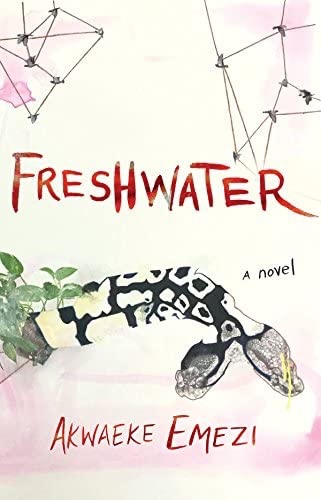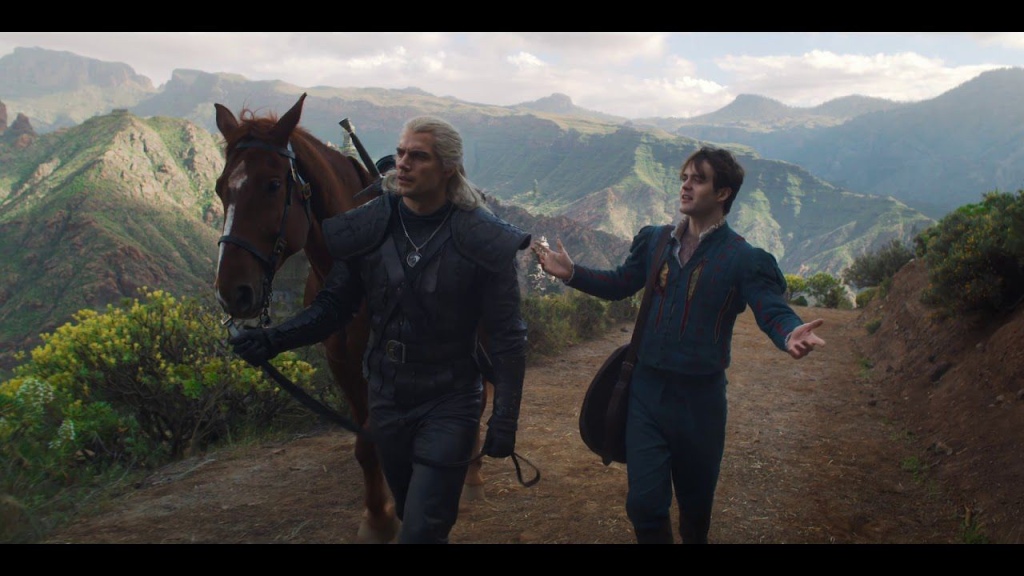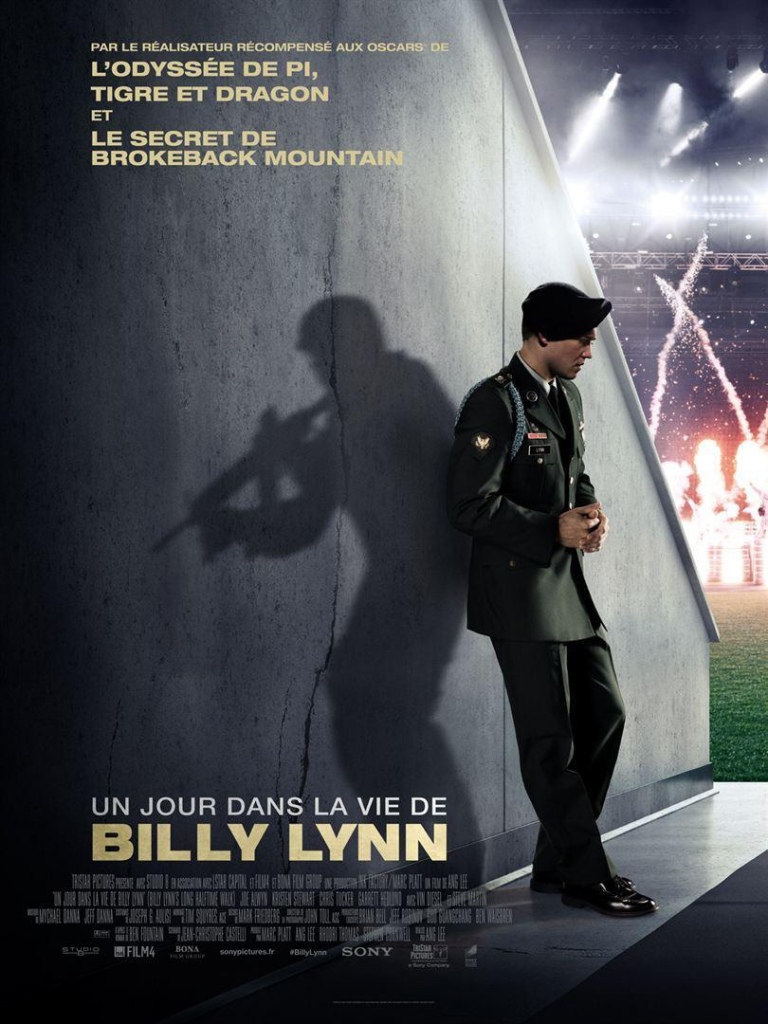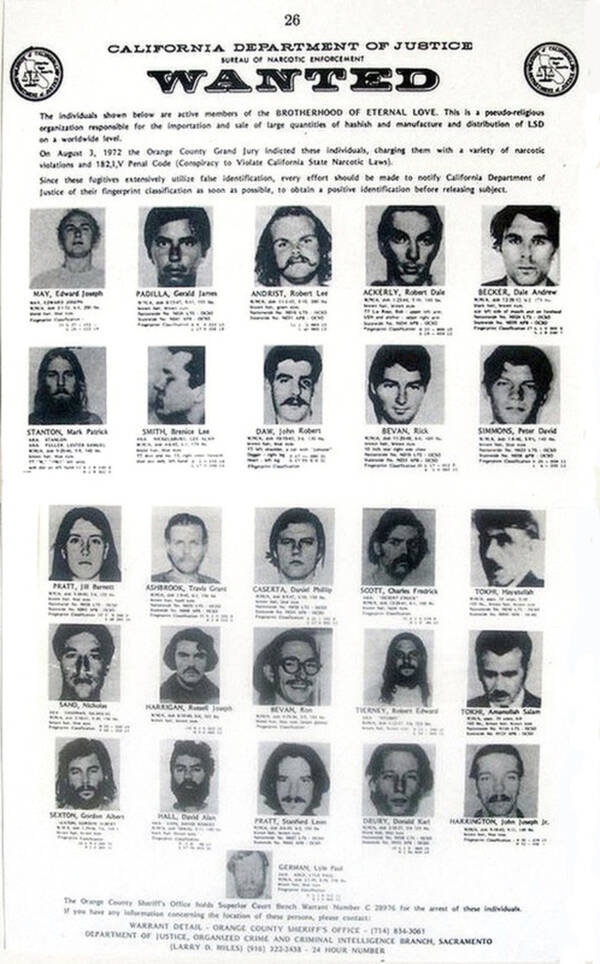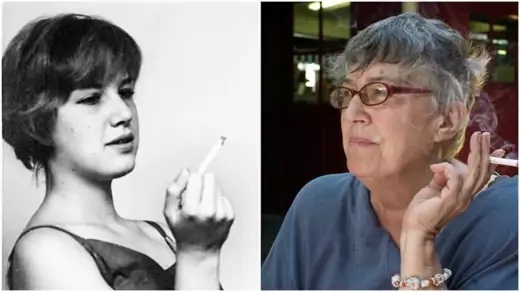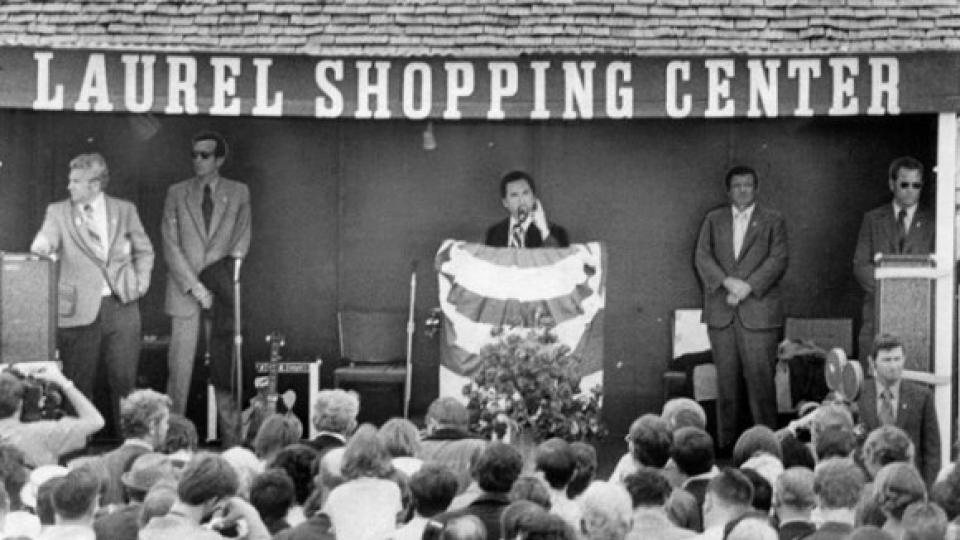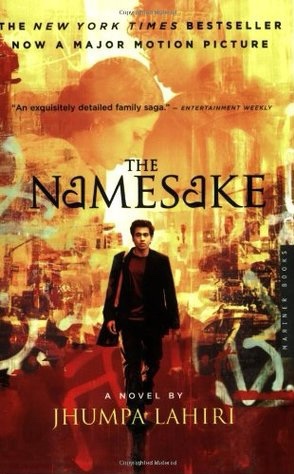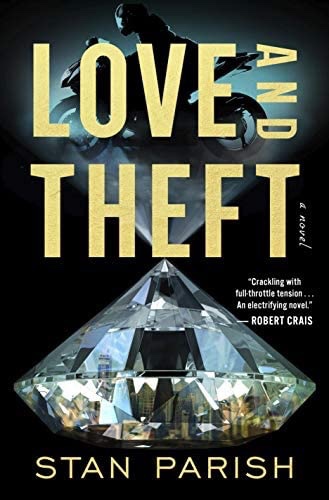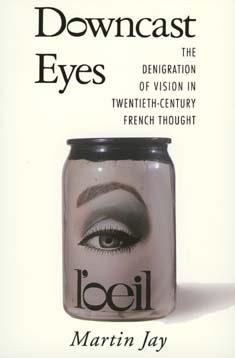
Martin Jay, “Downcast Eyes: The Denigration of Vision in Twentieth-Century French Thought” (1993) – This was more remedial reading, a book I was supposed to read for my oral comps, which happened ten years ago this fall! Martin Jay was, at the time, arguably the silverback of the subfield of intellectual history. He worked in the primary vein of “respectable” intellectual history – twentieth century European philosophy – and balanced theoretical sophistication with actual historical spadework, failing to go overboard the way some of the early adopters of critical theory in the historical profession were said to have done. There were maybe two or three of his monographs on my comps list, which is a lot. I meant to read this one- I just experienced my first adult depression episode mid-comps-reading and that disrupted my otherwise pretty good pace.
Approaching this ten years after I was supposed to, and not in the midst of a giant reading frenzy before a test that turned out to have little to do with my future prospects, was probably a better way to do it. Among other things, I tend to think distance from the academy and its greasy poles helps a historian take on board the actual content of intellectual history, because the ideas whose history you are studying stop having such immediate status/career relevance. Especially given that the fevers over “theory” and how historians and others should posture themselves towards it had yet to entirely break by the early tens – has it by now? Who knows? – intellectual history in that theory-vein could be tricky to really see.
Ironic! Given that this whole book is about how intellectuals, French ones in specific, came to create whole frameworks around how sight is not, as they would never put it, “all that.” This is a funny thing to think about, for a few reasons. I’m a clumsy Anglo, and to me, disregarding sight, and not treating sight as our primary sensory input and sensory inputs as our main way of understanding the world (and not understanding the world as the main purpose of intellectual pursuits), is utterly non-intuitive. Moreover, it doesn’t really make a lot of sense that the French, of all people, would pursue an “antiocular” agenda, to use Jay’s word. Rene Descartes, one of the fathers of profoundly sight-based scientific methodology, was French; so, too, have been a disproportionate share of pioneers in the visual arts, from painting to photography to cinema, for centuries.
Jay, in an endearing move, grants that he’s not too different- he, too, is a son of the Enlightenment, whose very name implies the primacy of vision. We can’t get away from vision metaphors and visual evidence. But, he says, it’s still worth understanding what is going on here, and he very quickly establishes the importance of antiocular or ocular-skeptic thought in French thinking and in thought more generally. We do have four other senses, and sight, whatever its wonders, is also possible – easy, even – to deceive. Our visual apparatus is pretty impressive – notice how long and hard engineers have to work to get computers to replicate it, versus getting them to vastly exceed, say, our capacity to do math – but it’s not perfect, and moreover, our reliance on it can make it hard to get another perspective to correct for what our sight might not see… as it were (there’s a lot of those “as it were” moments in “Downcast Eyes” as we stumble across – there’s a nonvisual metaphor! – our language’s seemingly inexhaustible reservoir of visual metaphors).
Arguably, the French caught onto this quicker than the Anglos precisely because of the importance that vision played in their intellectual and artistic culture. If you were going to do something new in French thought, for a long time, that meant going against the prevailing Cartesian ocularcentric rationalism, that is, bringing into question the utility and reliability of sight. Religious anti-Enlightenment types emphasized the sense of hearing, namely, what one hears from God (the fact that, like, you can’t really record the voice of God, that it’s less “hearing” than “imagining”… well, it’s not like they record anyone’s voice, not back then…). Later on, philosophical rebels against positivism, like Henri Bergson, emphasized all four of the other senses, but especially touch. Moreover, being early adopters of photography and film, French intellectuals quickly caught on to how different the photograph was from what one sees with the naked eye, and the ways in which photography and especially moving photographs could be manipulated, and manipulate themselves. To say nothing of all the painters who either had to find new rationales after the spread of photography, or else rework and/or re-propagate older, non-documentary/strict representationalist rationales.
All of this played into the full-bore anti-ocularism that came to characterize French philosophy in the twentieth century. This is also where I lose the thread a little. That’s not Jay’s fault. Sartre and Merleau-Ponty (respectively highly and gently skeptical towards sight- though given how fucked up Sartre’s eyes were, can you blame him?) are tricky, not easy to read and comprehend. Bataille, Deleuze, and Guattari are pretty hard to understand. Lacan, I tend to think, I cannot grasp because there is nothing there to grasp. Yes, I’m aware that internet-borne children with much less education than I have throw around ideas from all those people (well, mostly the last four) like nothing. Well, I tend to think that’s because they are, mostly, nothing, that by the time you get to Lacan and his followers, it really is a game of meaningless postures that has no relation to external reality. People who learn about Lacan (via Zizek youtube videos, generally) before they knew what the categorical imperative is (or, you know, any history not included in a Paradox Games title) might as well be memorizing Pokemon stats and pitting them against each other, as many no doubt were with the same zeal they eventually took on theory.
I’m not some pragmatist intellectual luddite. I think plenty of figures from “French theory” had a lot to contribute and I even enjoyed reading some of them, though I do think they could have been clearer. That being said, I think even Jay’s lucidity wasn’t enough to lead anywhere productive when it entered the labyrinth of Lacanian nonsense, and Deleuze and Guattari are only a little better. I get that Jay couldn’t afford to ignore them. In many respects, these and their epigones are the end result of the whole project, that they disregarded sight as both a tool and as a symbol, a back-door monkey-paw victory for the counterenlightenment (though, as Jay continually points out, visual metaphors are utterly inescapable, especially given how many different registers – the sight that measures external reality, the flash of insight within the mind, the vision of imagination – in which it operates) in favor of… as far as I can tell, in favor of meaningless palaver. I don’t know- it sounds to me like a case of worthwhile questions leading to whole towering structures of useless non-answers that we’re expected to take seriously because we don’t want to sound like fulminating culture warriors insisting we all go back to “the canon.” So, these star ratings are based in part on enjoyment and utility, and I didn’t get a ton out of the back half of the book. Still, an impressive feat of intellectual history. I can see why they made such a big deal of the guy, back when I was in school. ****

